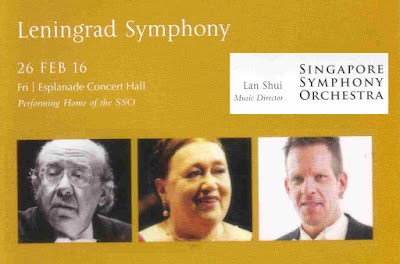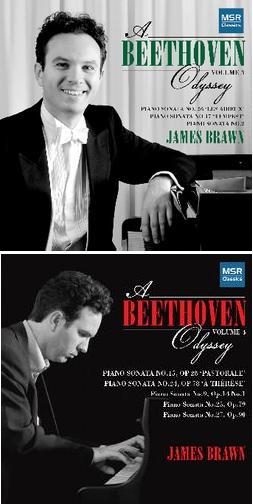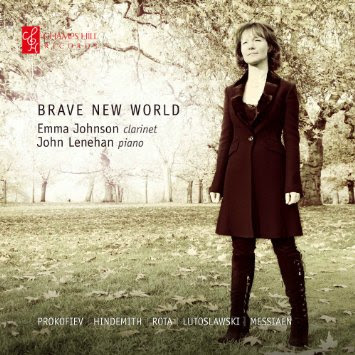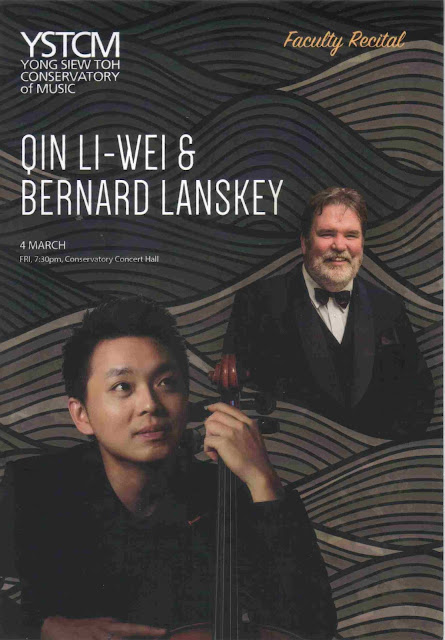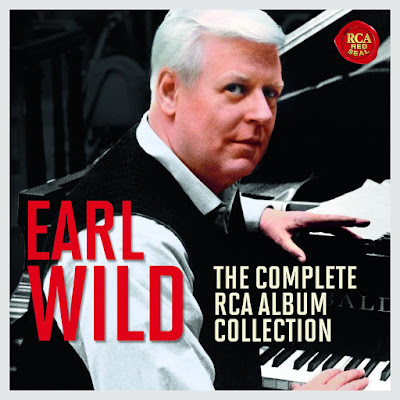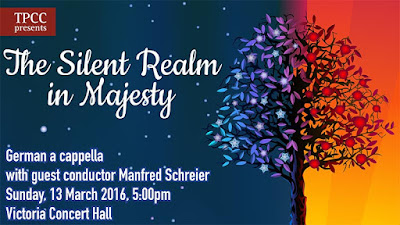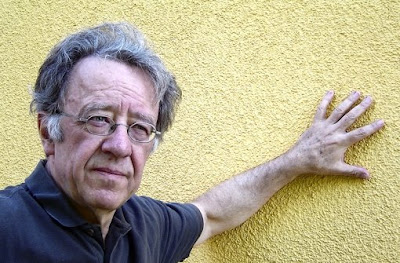Esplanade Concert Hall
Friday (26 February 2016 )
This review was published in The Straits Times on 29 February 2016
If one thought Shostakovich to be a box-office risk for a concert, that opinion might have to be revised following this all-Shostakovich programme by the Singapore Symphony Orchestra conducted by renowned Russian conductor Gennady Rozhdestvensky. This, if anything, was the best possible advertisement for the Soviet era Russian composer on the 110thanniversary year of his birth.
The concert began with his First Piano Concerto, a youthful work scored for piano, obbligato trumpet and strings. Its appeal lies in an anarchic spirit, one born of the circus, vaudeville and popular sources, while cocking a snook at the musical conventions of Beethoven and Haydn. Equal to the task was pianist Viktoria Postnikova, wife of the conductor, who seemed to play it cool at the outset but soon unleashed its barrel-load of vitriol.
Droll understatement and surprises when one least expects were part of the game, and SSO Principal trumpeter Jon Paul Dante's entry was a surreptitious one. He was complicit in this musical joke too, interjecting at crucial points and having his own wallow in the slow movement, accompanied by languid waltzing strings.
A madcap finale pulled out all stops, with cheeky quotes and comedic repartee between piano and trumpet. This laugh-a-minute routine culminated in a cadenza that seemed to skirt off the edge of a precipice before closing in a perfectly punched-out series of C major chords.
C major was also the key of the Seventh Symphony, or the Leningrad Symphony as it was composed in the Russian city that was under siege by the Nazis in 1941. In the 900-day battle, over a million Russians perished, and this symphony was to be a universal symbol of Soviet resistance and courage. Shostakovich later revealed a different angle; it was “the Leningrad Stalin destroyed, and Hitler merely finished off”.
Interpretations of the work have been subject to controversy. Is this absolute music, programme music or hubristic propaganda? The programme booklet listed its playing time at an optimistic 69 minutes, but the actual performance was a distended 83 minutes. Despite that disparity, there was not a slow coach to be found in Rozhdestvensky's reading.
He conducted from the floor, but his economical beats conveyed volumes. The opening had suitable pomp and heft, with empty bombast left at the door. The infamous Fascist march sequence began as a wheeze from Roberto Alvarez's crystal-clear piccolo, interrupted by Mark Suter's obstinate snare-drum beat. The cycle of repetition, a bolero of death and destruction through a spiralling crescendo, built up inexorably to one which seemed nigh insupportable. At one point, the deafening drone of air-raid sirens could be imagined.
Survive and thrive it did, with the orchestra fully responsive to the conductor's seemingly minimal cues. In this 4-movement work of vasts contrasts, it was not just the blustery bits that impressed. Both central movements mirrored each other with gentle beginnings and violent upheavals in the middle, and much care was taken to colour and differentiate these shifts.
A chamber-like quality to the playing revealed an unexpected intimacy. Take the 3rd movement for instance, with solos from Jin Ta's flute, Concertmaster Igor Yuzefovich's violin and a smiling melody from the violas. However it was the valedictory finale, rising heroically and majestically from the ashes, which cued the shouts of bravo and a standing ovation. For this was a great performance of a great symphony led by a great conductor.
| Conductor Gennady Rozhdestvensky shows his Shostakovich score to the audience and then goes home with it! |
